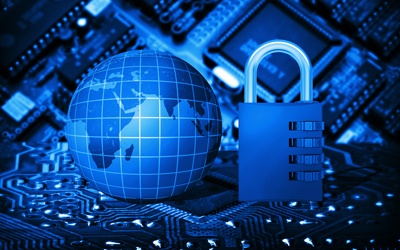Practicing Tech Safety
5 tips for keeping your electronic devices safe More than 150 million phishing emails are sent out every day by criminals hoping to lure in the unsuspecting.
More than 150 million phishing emails are sent out every day by criminals hoping to lure in the unsuspecting.
“Fortunately, it’s easy to keep your devices relatively safe,” says Peter Graves, Chief Information Officer and Senior Vice President at Independent Bank. Graves recommends a layered approach to keeping your technology free of problems:
Set up a firewall. “A firewall will restrict certain types of harmful traffic from coming into your PC,” says Graves. Access your computer’s router and select the option that bars any Internet traffic not requested by a system on your network.
Stay on top of patches. Whether you have a Windows PC or an Apple Mac, you’ll likely be sent periodic information to keep the system up to date. Install those updates as quickly as they become available to protect the operating system from getting infected.
Use antivirus software. An antivirus subscription that automatically updates, helps to keep your device free of viruses.
Install anti-malware software. Add an additional subscription for anti-malware software, which you update frequently. It will keep your computer and other devices safe from the malware you can contract by visiting websites or opening emails.
Adjust your behavior. Be careful of allowing redirections when you’re surfing the net, which could take you to unsafe sites. Also, opt to use websites that offer multi-factor authentication. These will require you to complete a few more steps, such as answering security questions or entering information beyond your log-in and password, but the extra protection will be worth it.
